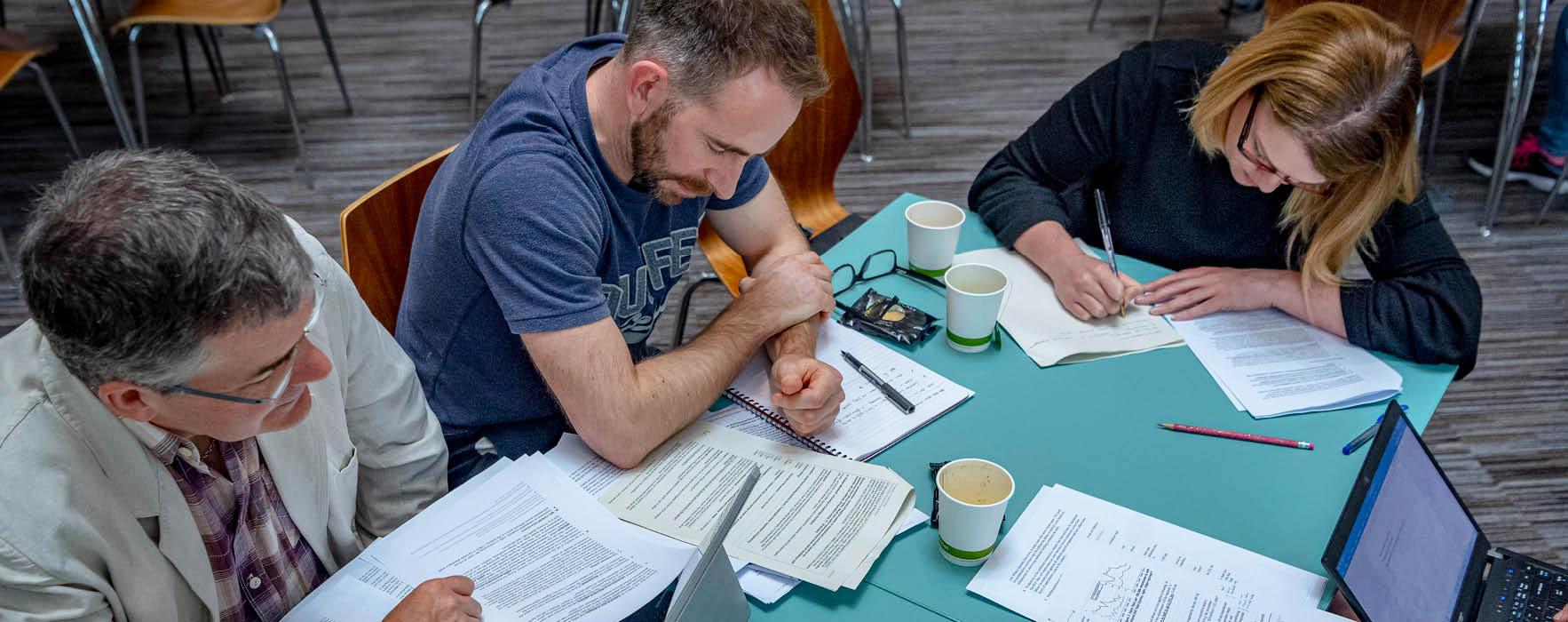| Exploring the formal communication trends and efficiency on delayed largescale projects. A retrospective analysis on three projects in Saudi Arabia. Elahi, A (2023) |
| Improving the quality of as-planned programmes for effective project control. Kathivaran, V (2023) |
| The integration of facilities management specialists in the design process to enhance operation and maintenance. Sharif, B (2022) |
| Tower Cranes – Telematic Data Analysis to Unlock Their Full Potential in the Modern Era of Construction. Canty, M (2022) |
| Project Outcome Prediction Using Machine Learning. Hunston, E (2022) |
| Understanding the barriers that hinder knowledge sharing in the offshoring of infrastructure projects – A consultant’s perspective. Khor, J (2022) |
| The Relationship between Productivity, Scheduling, and Data Analytics. Killerby-Smith, S (2022) |
| What active measures are adopted to effectively manage defects and rework in UK construction projects? Monaghan, R (2022) |
| The Client’s Problem Space, Construction, and Artificial Intelligence. Pirila, S (2021) |
| Productivity in construction; to what extent can a focus on Construction SMEs transform industry productivity? Condon, O (2021) |
|
Optimising the design and management of falsework and formwork to increase productivity and cost certainty. Westwell, C (2021)
|
| What Role may Drawing and 2D Representation Play in a Digital Future?. Thomas, M (2021) |
| An investigation into the relationship between schedule quality and project success in the UK construction industry. Stott, D (2021) |
| A Quantitative Study of Building Shm Data Using Reliability and Bayesian Analyses to Improve Design Efficiency. Smith, B (2021) |
| Exploration of the building design process and design documentation errors in a large architectural organisation. Ng, T (2021) |
| An exploration of the causes of delays in the detailed design of multi-disciplinary bridge projects. Stacy, M (2021) |
| Digital technologies effect on labour productivity in reinforced concrete frame building construction. McGeeney, M (2021) |
| How Changes in the Construction Industry are Impacting on a Consultancy Business Model. Kenyon, C (2021) |
| Considering Constructability in the Design Process: A Review of Current Practice within the UK Construction Industry. Nolan, P (2020) |
| Quality in the construction industry: Do frontline delivery staff enhance the possibility of project success. Farden, S (2020) |
| Construction productivity and its relationship to construction type, employment type and health and safety. Chawla, J (2020) |
| Understanding how 3D vs 2D design information influences skilled operatives' productivity through a series of field trials. Corlett, B (2019) |
| Effective reporting of rework in the UK construction industry. Connolly, S (2017) |
| Beyond design & build: use of a finance, design & construct model in the UK construction market. McFarland, G (2017) |
| Benchmarking empirical methods of prediction of ground movement for deep excavations. Bologna, P (2017) |
| From “Master Builder” to having the “Right Stuff” – Can the use of checklists help construction follow aviation and medicine into the era of discipline?. Adoniadis, M (2017) |
| Co-located design teams for major infrastructure projects in the UK: An investigation into industry perceptions of current practice. Finnegan, S (2016) |
| Knowledge based construction: Creating a scalable and flexible production model. Mundle, C (2016) |
| Quantifying the opportunity to reduce material use in insitu reinforced concrete frames. Forster, P (2016) |
| Onsite design; can the UK improve communication between design and construction teams?. Edwards, M (2015) |
| Building performance and big data – A triangulated approach to continuous improvement in operation. Walters, D (2015) |
| Maritime infrastructure - ‘asleep at the helm’. Will the maritime infrastructure asset of small to medium sized ports in the south west of England meet the demand for the next 50 – 100 years?. Littlejohn, A (2014) |
| An investigation into the factors behind the adoption of Topdown Construction. Lankshear, R (2013) |
| Do existing rules for designing gusset-connected struts assure conservative design? Does the construction industry learn effectively from structural safety failures?. Gradwell, J (2013) |
| Can we lose a one horse race? Selecting a principal contractor by negotiation to improve construction project performance. Staehr, M (2013) |













